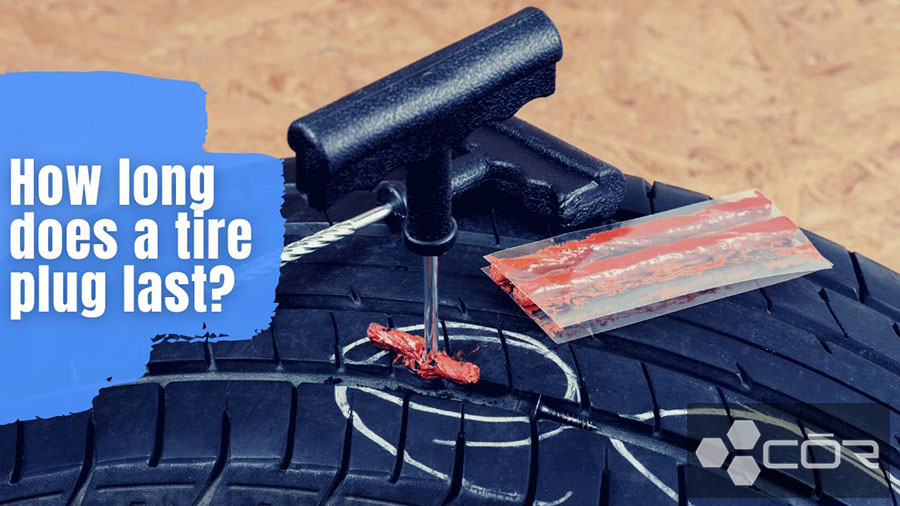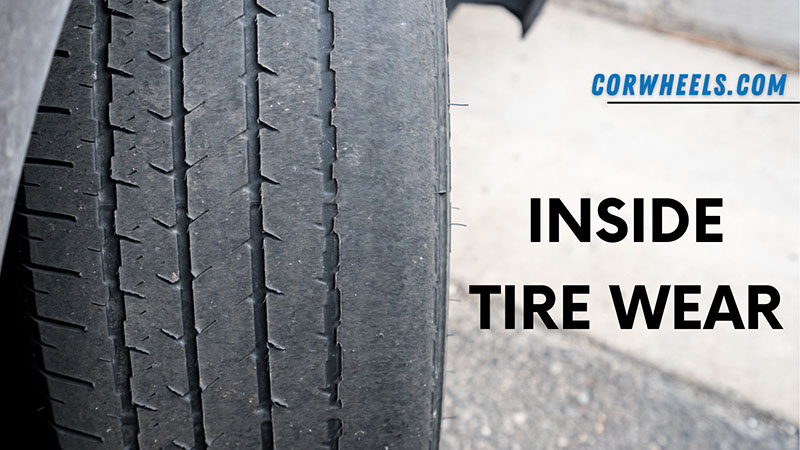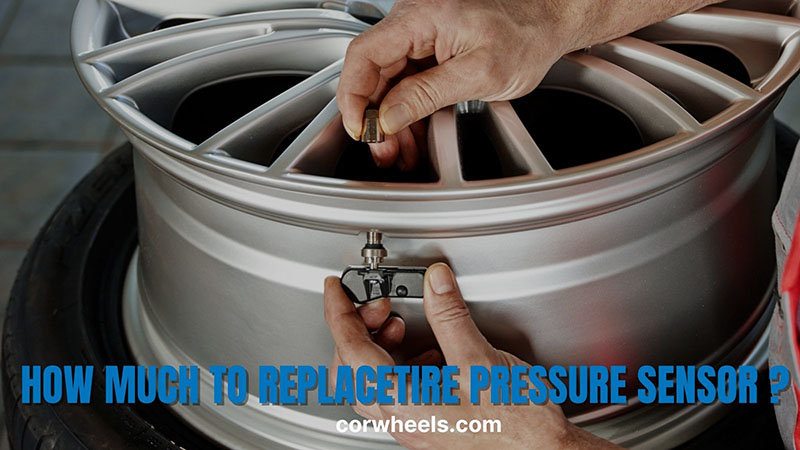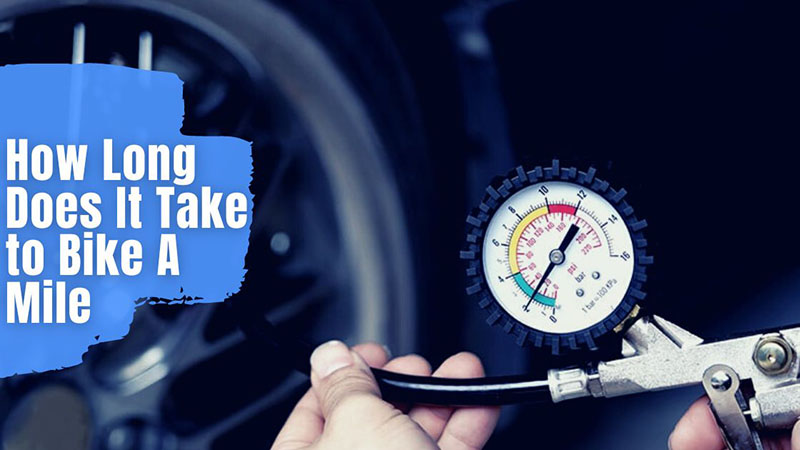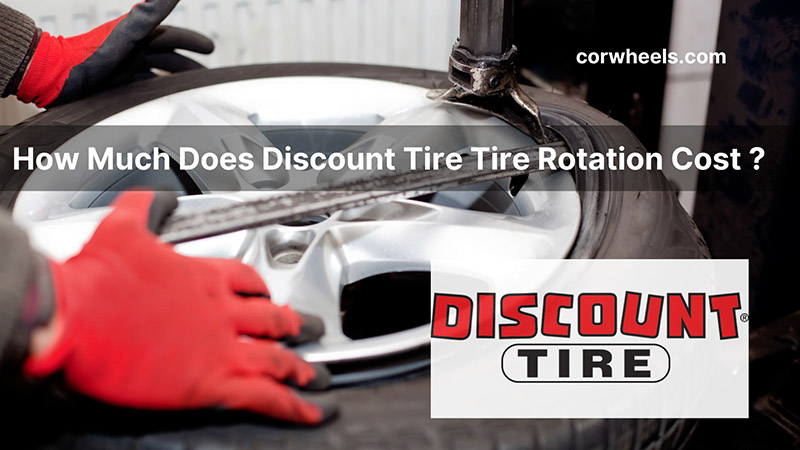A flat tire can be a frustrating and inconvenient problem, especially if you are planning a long-distance trip. While plugging a tire may seem like a quick solution, it is important to consider the safety risks before hitting the road.
Let’s see whether or not it is safe to drive long distances with a damaged tire and what factors you should consider before deciding to do so.
In this article:
Can I Drive Long Distances With A Patched Tire? What Will Happen?
Yes, it is safe to travel a great distance on a blocked tire after it has been properly fixed. However, it’s only a short-term solution, especially if the plug is located at the automobile sidewall’s outer edge.
While it may seem convenient to plug the tire and continue traveling, there are risks associated with extended driving on a plugged tire. One of the main risks I’ve noticed is the potential for the plug to fail.
The plug can become dislodged from the tire, resulting in excessive air pressure loss and a potential blowout. This can be extremely dangerous, especially when going at high speeds.
Driving on a plugged tire for long distances can also cause the tire to wear unevenly, which can lead to further damage to the tire. When a tire is plugged, it can create a weak spot in its structure, causing it to wear down more quickly.
I have made this mistake once. My tire became more susceptible to punctures (It had 2 holes at once, and they looked bigger than normal), and it eventually blew out. Thus, trust me when I recommend you not to do the same.
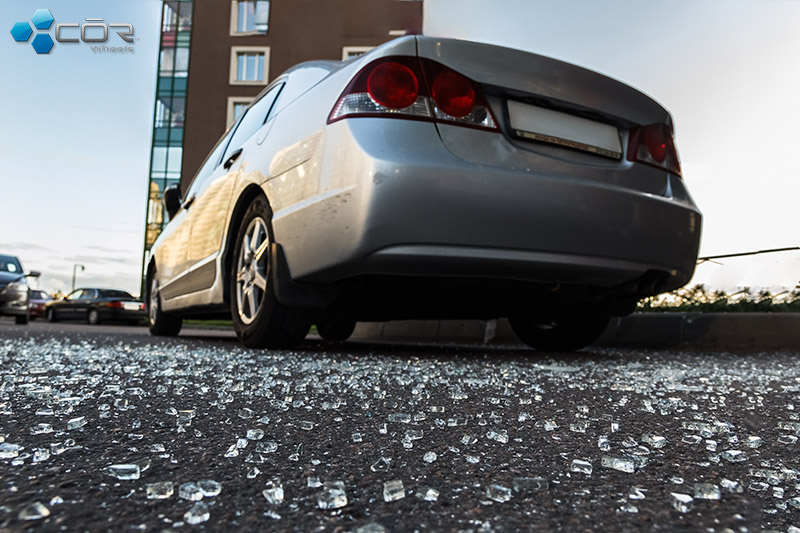
How Long Can You Drive On A Plugged Tire?
Numerous studies have found that 8 miles are the maximum safe distance to travel with a clogged tire. In essence, as long as it still fits in the hole snuggly and allows little to no air escape, you are good to go.
Once when I came home from work quite late at night, one of my tires got punctured, and my only choice then was to plug it. Luckily, I could finish a 15-mile drive to be home and dry. I think that’s because I drove on a smooth asphalt road at a low speed.
Anyway, this plugging method keeps the wheel turning while searching for a servicing facility; it’s not a permanent solution.
Long-distance excursions are difficult to navigate with plugged tires, and the puncture hole’s position greatly impacts how long the tire will last. A high level of competence is needed to complete the numerous stages of the plugging process, ensuring the stud’s correctness and surety.
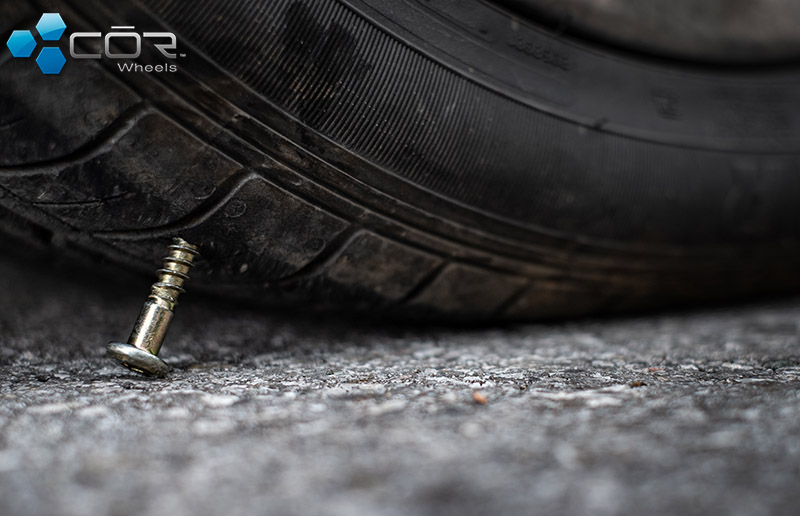
To prepare the area that will soon be repairable, you must first zone the hole-marked area and polish the friction around it. The air hole should be filled with a qualified plug. This kind of nail can accommodate the hole’s size. Finally, tightly fasten the plugs using heat and trim the extra wire.
That being said, the best solution for this issue is to bring your car to the nearest auto repair shop.
How Fast Can You Drive With A Plugged Tire?
Generally, a plugged tire should not be driven faster than the speed limit on the tire itself, which is typically around 85 miles per hour. It is also important to note that driving at high speeds can generate more heat, increasing the risk of tire failure.
Additionally, driving on a plugged tire for an extended period of time can cause the plug to loosen or the tire to wear unevenly, affecting the tire’s performance and safety. As always, it is recommended to drive at a safe and reasonable speed and to have the tire inspected by a professional if you have any concerns.
When To Plug The Tire
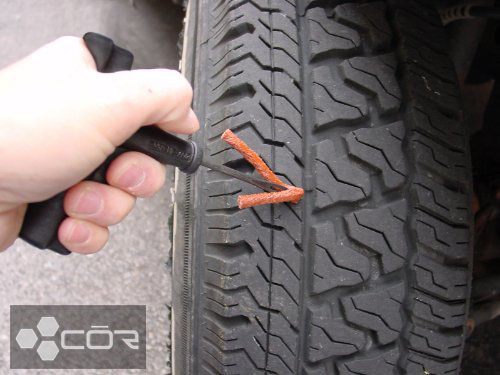
The first step in determining whether a tire can be plugged is to assess the size and location of the leak. If the punch is less than ¼ inch in diameter and located in the tire’s tread area, it is typically safe to plug the tire.
Tires are an essential component of any vehicle, and keeping them in good condition is crucial for safe driving. But tire punctures and flats can happen to anyone, and knowing when to plug a tire can save you time, money, and hassle.
See more: how long does a tire plug last?
When To Avoid Plugging Your Tire
While tire plug can be a quick and easy solution, there are times when it is not safe to do this to your vehicle. The first instance where you should avoid plugging your tire is if there’s tire sidewall damage.
The sidewall is a critical part of its structure, and any damage to this area can compromise the tire’s integrity, making it unsafe to use. Plugging a puncture can put an end to the tire, leading to a potential blowout issue, which can be dangerous.
Another time you should avoid doing to your tire is if the puncture is larger than a quarter inch in diameter. In this case, the tire’s structure may have been compromised, and the plug may not hold. In this situation, replacing the tire is the way to go.
Frequently Asked Questions
Is It Safe To Ride On A Plugged Tire?
Yes. Suppose you’ve been operating the vehicle for a brief amount of time while the tires are blocked; there shouldn’t be a problem. Still, when driving for an extended period of time, I advise against using tires that look to have huge plugs close to the tire wall.
Can A Plugged Tire Blowout?
Yes, a plugged tire can blow out if the plug fails or if the tire has been driven on for an extended period. Additionally, driving at high speeds or on rough terrain can increase the blowout risk.
Can I Leave A Nail In My Tire If It’s Not Leaking?
No. Although you may continue to drive for a short distance despite having a nail in the tire, it is not recommended to leave it there even if it is not leaking. The nail may have punctured the tire’s protective layer, causing damage that can lead to a sudden flat tire or dangerous blowout.
The Bottom Line
Can you drive on the highway with a plugged tire? It depends. Suppose your tires have been fixed and you don’t cross the speed rating limit; we would say it’s acceptable to drive with this condition.
Still, driving long distances with a tire patch can be risky and may lead to potentially dangerous situations. While tire plugging can be a temporary repair, it is best to have it replaced as soon as possible to ensure your safety during your road trip. Remember to always prioritize security over convenience when driving your vehicle.



